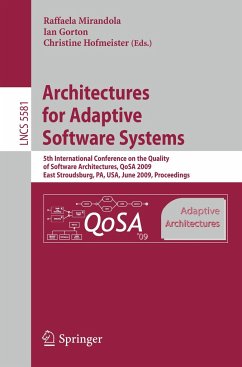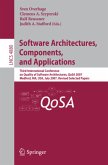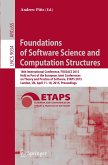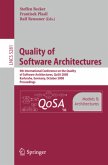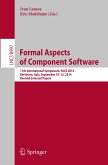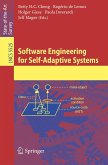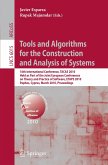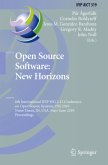Much of a software architect's life is spent designing software systems to meet a set of quality requirements. General software quality attributes include scalability, security, performance or reliability. Quality attribute requirements are part of an application's non-functional requirements, which capture the many facets of how the functional - quirements of an application are achieved. Understanding, modeling and continually evaluating quality attributes throughout a project lifecycle are all complex engineering tasks whichcontinuetochallengethe softwareengineeringscienti ccommunity. While we search for improved approaches, methods, formalisms and tools that are usable in practice and can scale to large systems, the complexity of the applications that the so- ware industry is challenged to build is ever increasing. Thus, as a research community, there is little opportunity for us to rest on our laurels, as our innovations that address new aspects of system complexity must be deployed and validated. To this end the 5th International Conference on the Quality of Software Archit- tures (QoSA) 2009 focused on architectures for adaptive software systems. Modern software systems must often recon guretheir structure and behavior to respond to c- tinuous changes in requirements and in their execution environment. In these settings, quality models are helpful at an architectural level to guide systematic model-driven software development strategies by evaluating the impact of competing architectural choices.
Bitte wählen Sie Ihr Anliegen aus.
Rechnungen
Retourenschein anfordern
Bestellstatus
Storno

